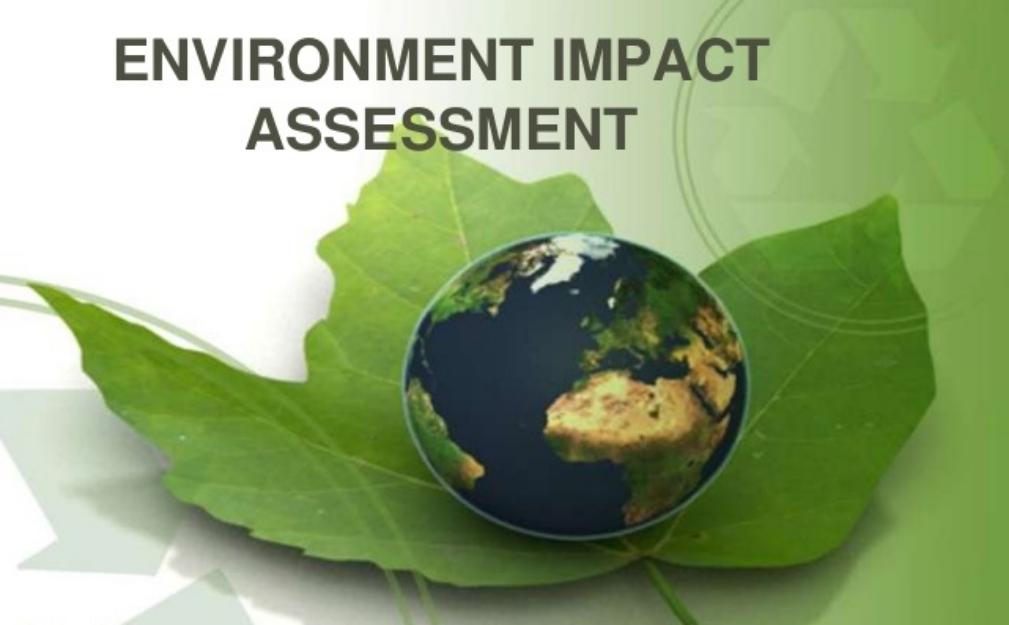What is Environmental Impact Assessment? This question is often encountered. Environmental impact assessment or EIA basically stands for the assessment of various environmental consequences (both positive as well as negative) of a policy, plan, program, or project that took place before the decision to move forward with that particular proposed action. In such a context, this term “environmental impact assessment” (EIA) generally gets used and it is applied to projects by individuals as well as companies. When answering the query: What is Environmental Impact Assessment (EIA), we should understand it as a process of evaluating the likely environmental impacts of a proposed project or development, taking into account inter-related socio-economic, cultural and human-health impacts, both beneficial and adverse.
Moreover, “strategic environmental assessment” (SEA) primarily applies to plans, policies, and programs that are usually proposed by the various organs of a state. Environmental assessments could be guided by rules of administrative procedures with respect to public participation as well as documentation of decision-making and could also be subjected to processes of judicial review.
The aim of environmental impact assessment is primarily to make sure that the decision-makers are able to consider the various ramifications of environmental impacts when they are about to decide whether to go ahead with a particular project or not. The International Association for Impact Assessment (IAIA) defines the term environmental impact assessment as the process of predicting, identifying, evaluating, as well as mitigating social, biophysical, and other effects of development proposals which are assessed before major decisions can be taken as well as commitments made.
EIAs are quite unique in the sense that they don’t require basic adherence to a pre-determined environmental outcome. However, they need decision-makers to account for environmental values as far as the decisions are concerned in order to justify those decisions in the light of environmental studies as well as public comments on the potential environmental impacts that could happen and try to understand What is Environmental Impact Assessment.
In fact, UNEP defines Environmental Impact Assessment as a tool which is used to identify social, environmental, as well as economic impact of a project before decision-making. The entire exercise is aimed at predicting environmental impact at early stage in project-planning as well as design, find ways to reduce impacts, shape projects in order to suit the environment as well as present predictions and options to decision makers. Using EIA, environmental and economic benefits may be attained, like reduced cost as well as time of project implementation and design, treatment/cleanup cost and impact of laws as well as regulations.
- Cosmetics and Beauty Products That Are Sustainable - August 4, 2022
- Municipal Solid Waste Management and Collection in Assam: A Case Study - February 23, 2019
- Study on Types of Municipal Solid Waste in India by Voice of Environment - February 11, 2019
- Municipal Solid Waste Management Is a Big Issue in Assam - February 8, 2019
- Silchar in Assam Faces Major Municipal Solid Waste Management Issues - February 2, 2019
- What is Environmental Impact Assessment? Understanding the Definitions - October 8, 2018

